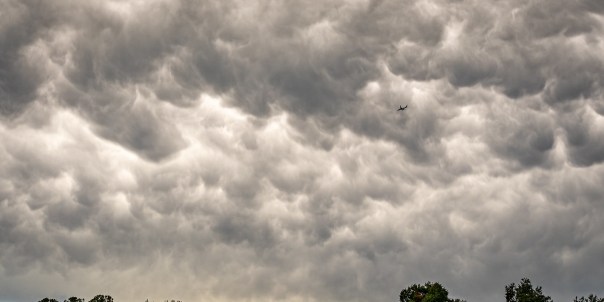First, an apology: It appears that a couple of the species names for birds we observed in the Dry Tortugas triggered some people’s spam filters. So if you’re an email subscriber and didn’t get the email with the Dry Tortugas post, please check your spam folder or click here to open it in your browser. Sorry about that. Although there’s not much I can do about it. And it is funny.
Second: Happy anniversary, blog! The first Central Florida Photo Ops post went up on May 7th, 2007 – 6 years and 270 posts ago. Thanks once again for all your encouragement. I enjoy writing the blog, but I don’t think it would have lasted this long if not for the occasional comments and questions from readers. Please keep them coming!
Third: Here’s some info on the rest of our South Florida trip. The Dry Tortugas were the focus of our expedition, but we also visited Blowing Rocks Preserve, Bill Baggs Cape Florida State Park, Key Largo, Everglades National Park, John Pennekamp Coral Reef State Park, and Brian Piccolo Park. Since these were such short visits, I can’t really provide detailed reviews of each. Instead, I’ll show sample images to give you some background and an idea of what you can see in each place.
I’ve heard that Blowing Rocks Preserve in Jupiter Florida is an awesome landscape place under the right conditions. The morning we were there, the light was harsh and the weather wasn’t ideal to show off the rocks. I think studying the tides and winds (and some luck) are required to make the most of a visit to this place. Here’s one photo I came up with.

Blowing Rocks Preserve – Sand steps, Three sets, Two close, No return?
We stopped at Bill Baggs to look for a couple of birds that had been spotted there. We didn’t have much luck with the rare birds, although I enjoyed seeing the light house and this awesome lizard.

This Cuban Knight Anole was over a foot long, much larger than the anoles we see in Central Florida
We spent a day driving through the Everglades, stopping at each area along the main park road and side roads. It was very overcast, and I found it tough to compose landscapes. I’m sure there are some great spots that people more familiar with the area know about. I guess I need to go back and find them.

Brewing storm, Everglades National Park – A pine tree and grass reflect on the inches deep Everglades “river of grass”
We made it all the way to the end of the road in Flamingo. I was very excited to see a couple of American Crocodiles in the marina there. Only about 2000 of these remain in the wild. They look different and somehow even more menacing than the alligators we’re used to seeing in Central Florida.

American Crocodile
We had tentative plans to find some night-time / star trail photography dark sites in the Everglades, but with the long days and cloudy weather, we never got to it (another reason to go back). While in the Everglades we saw Purple Martins (rooming with House Sparrows), Shinny cowbirds, Brown Cowbirds, Spotted Sandpipers, Red Headed Woodpeckers, Swallow Tail Kites, Red Shouldered Hawks, an Anhinga rookery, Black Vultures (that were eating rubber off of cars!), the American crocodiles, and of course Alligators, Turtles and many other common birds.
The place we were staying in Key Largo had a private beach and boat ramp, and we spent one sunset there. It was pretty – the rocks in the foreground look like a Japanese garden. So much so that I wonder if someone arranged them.

Gulf view from Key Largo at sunset
On our way home, we stopped at Brian Piccolo Park to see the Burrowing Owls. They were easy to find in their marked nests and fun to watch. We also saw a few Monk Parakeets there.

Brian Piccolo Park: Burrowing Owl guarding nest
Other wildlife seen on the trip included Loggerhead Shrikes, Ground Doves, Eurasian Collard Doves, White Headed Pigeons, a Great White Heron, Cardinals, a Northern Curly Tailed Lizard, and Iguanas.
It was a fun but exhausting trip! For more photos, please look at this set on Flickr.
Thanks for stopping by and reading my blog. Now – take a long weekend and go make some photos!
©2013, Ed Rosack. All rights reserved.
 Flooding along Winter Springs Blvd.
Flooding along Winter Springs Blvd.








































